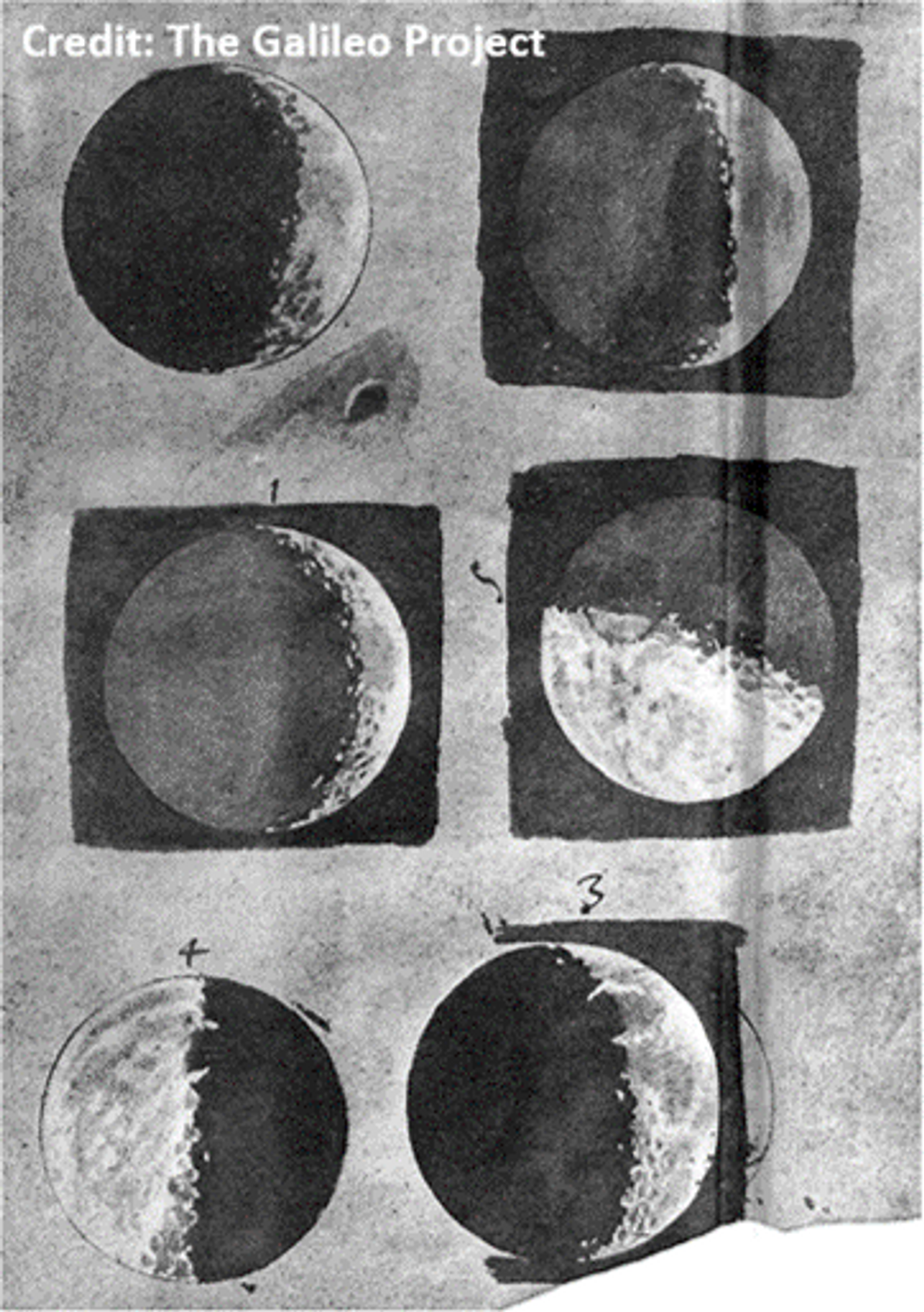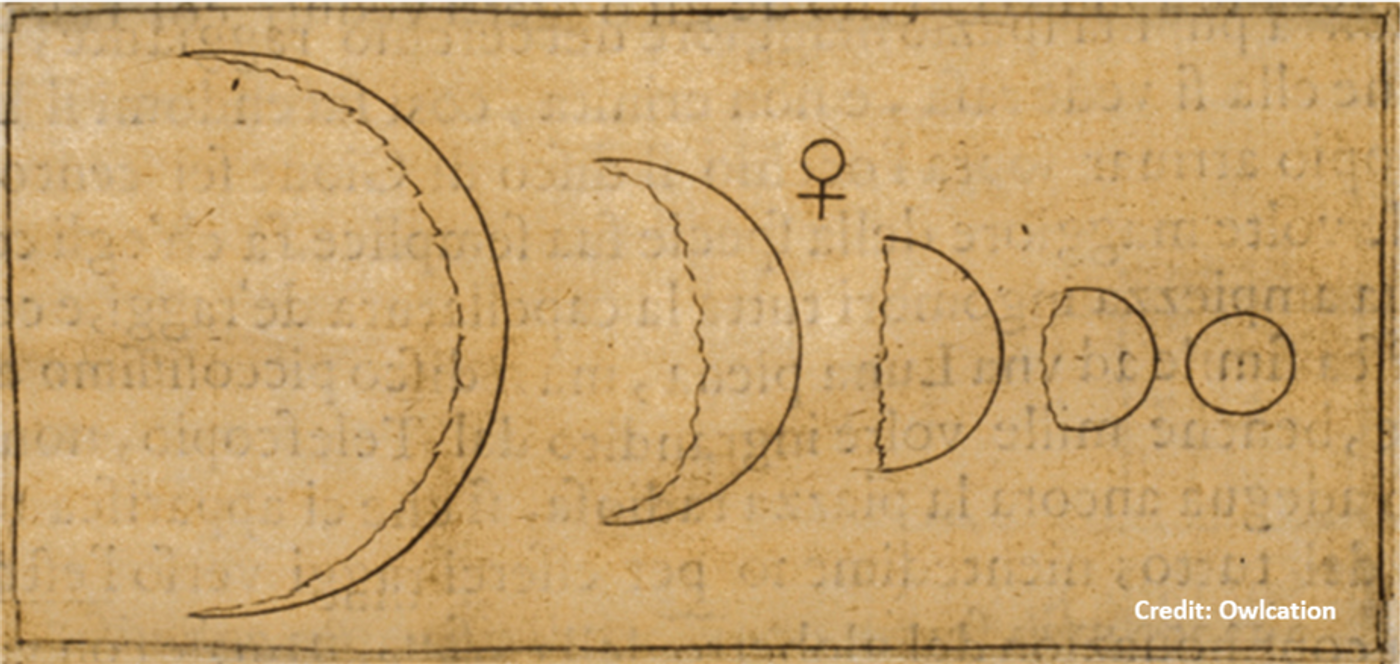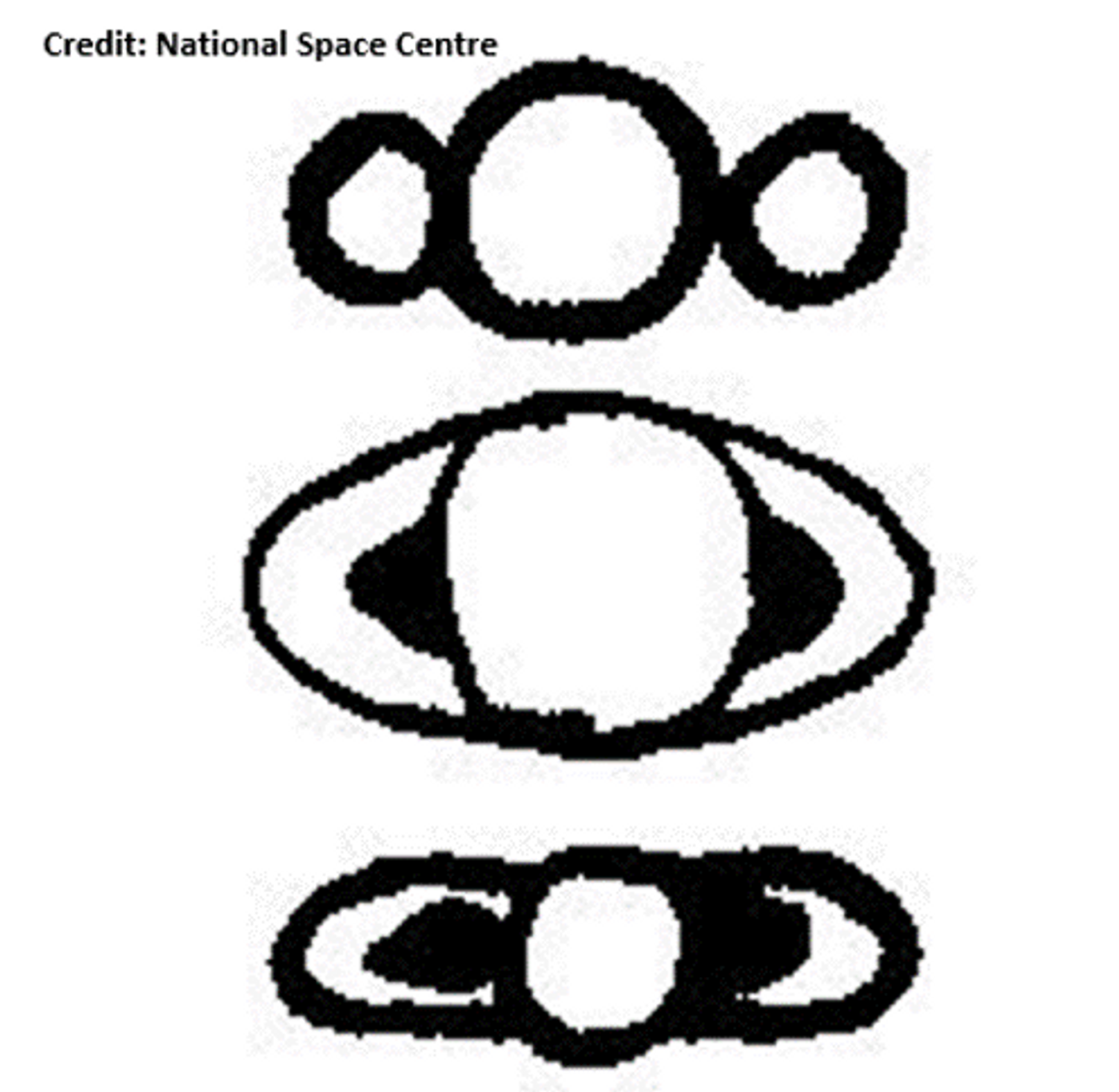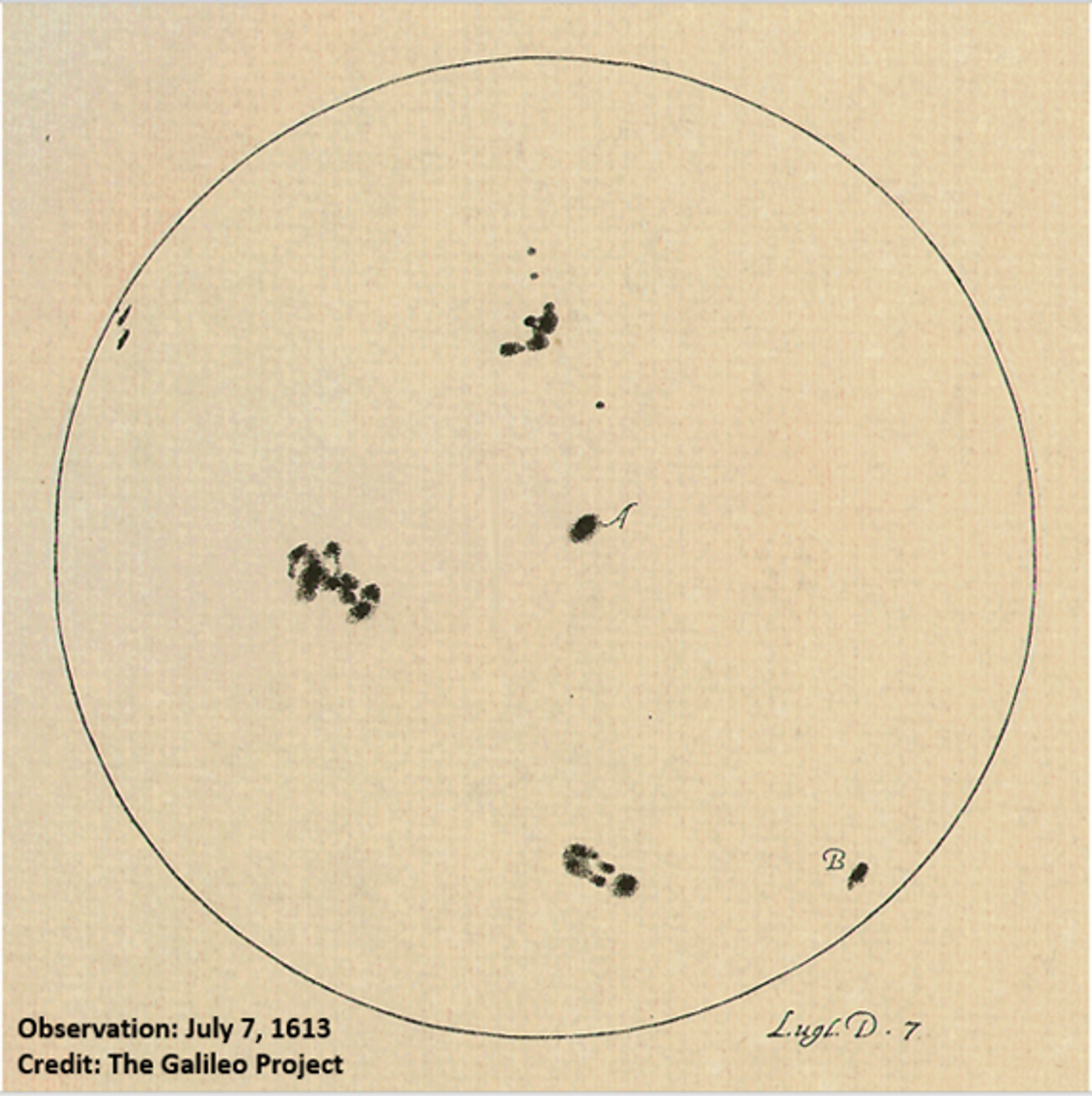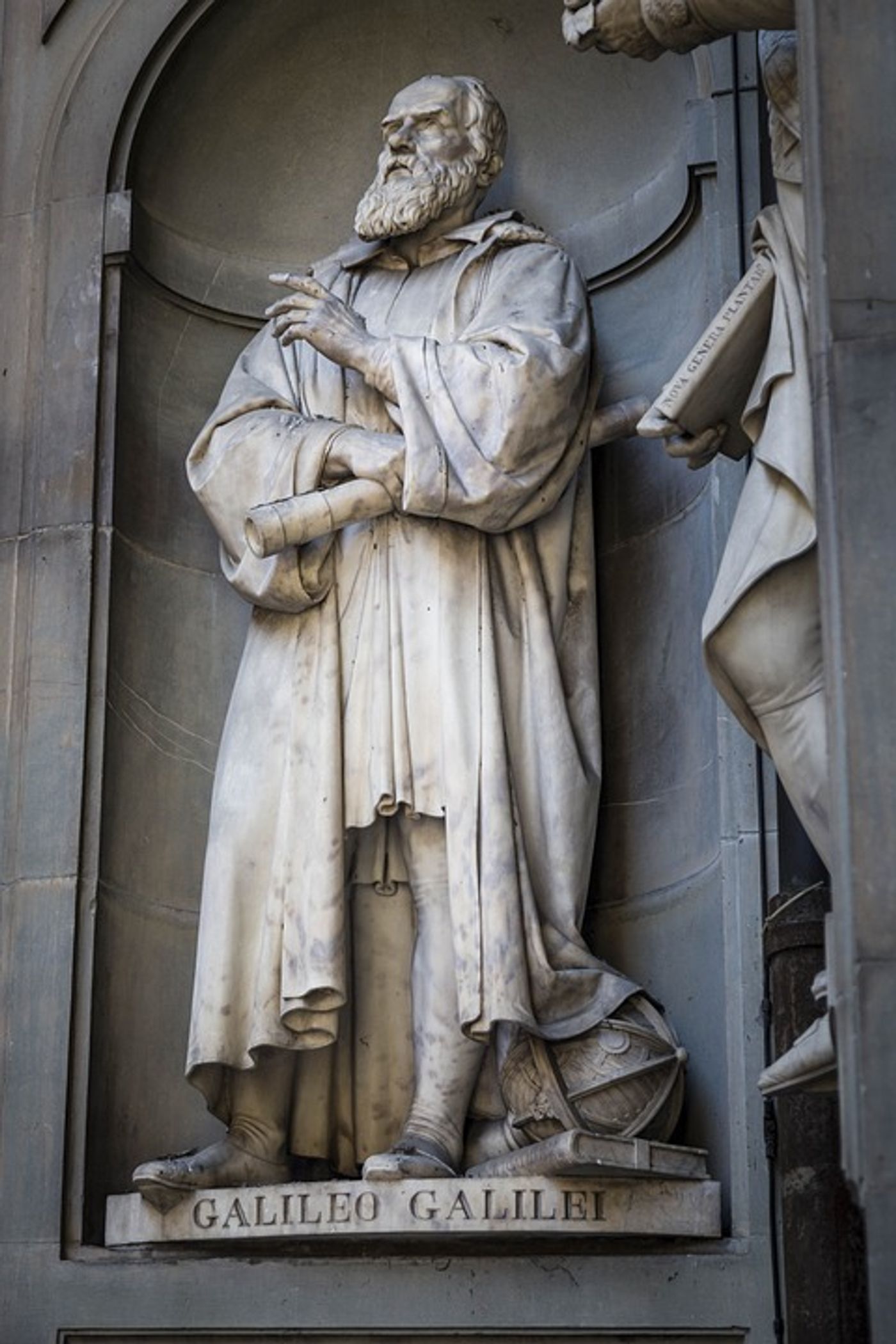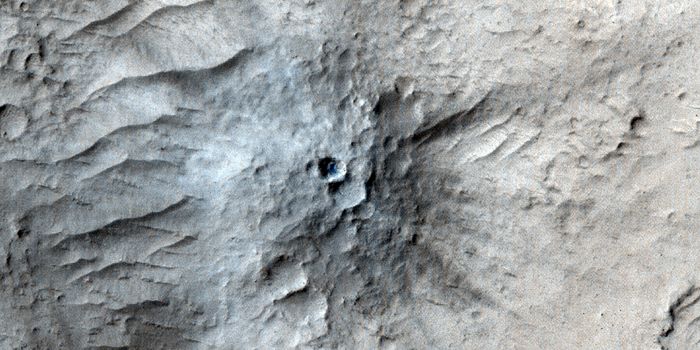Jupiter Moons Anniversary: Five Additional Observations of Galileo Galilei
January 10, 1610 is a historic day in science, as it was the day that Galileo Galilei noted one of Jupiter’s moons—which he first observed three days prior—had disappeared, which he attributed to being hidden behind the giant planet. This discovery was incredibly tantamount, as it indicated the “three fixed stars” he had observed only three days prior were not “fixed” at all. While Galileo was ultimately brought to trial over his objections to the geocentric (Earth-centered) system of the heavens—which had held firm for hundreds of years—his observations were ultimately proven to be correct! To celebrate Galileo’s incredible contributions to science, here are five additional astronomical observations Galileo made along with Jupiter’s moons.
1. Moon
Along with countering the geocentric system, Galileo demonstrated that our Moon was not a perfect sphere, as this had also been a long-standing belief. He was the first to deduce the Moon had craters, mountains, and pits.
2. Venus
He observed that Venus exhibited phases similar to our Moon, which ultimately contributed to the heliocentric (Sun-centered) model of the heavens.
3. Saturn and Neptune
He was the first to observe that Saturn actually had rings, but he initially mistook them for planets and deduced it was a three-body system. Galileo’s notes also show that he also observed Neptune, but did not realize it was actually a planet.
4. Sunspots
While he was not the first to observe sunspots, Galileo was partially responsible for making detailed observations of them around the end of 1610, and authored the pamphlet “Letters on Sunspots,” which began circulating in 1612.
5. Milky Way
Galileo observed that the Milky Way resolved into a cluster of many stars, which refuted the long-standing belief that the night sky was on a sphere that came into contact with the Earth.
Conclusion
While Galileo is most famous for his discovery of Jupiter’s moons, his other astronomical observations helped shape our present understanding of the entire cosmos. While it is common today for scientists to have just one focus of research, Galileo’s work also demonstrated the willingness and ability to branch out into other disciplines, which ultimately contributed to the betterment of science.
Happy Anniversary, Galileo Galilei!
Sources: The American Scientific Affiliation, NASA, Space.com (1), Universe Today, Space.com (2), The Galileo Project, Library of Congress
